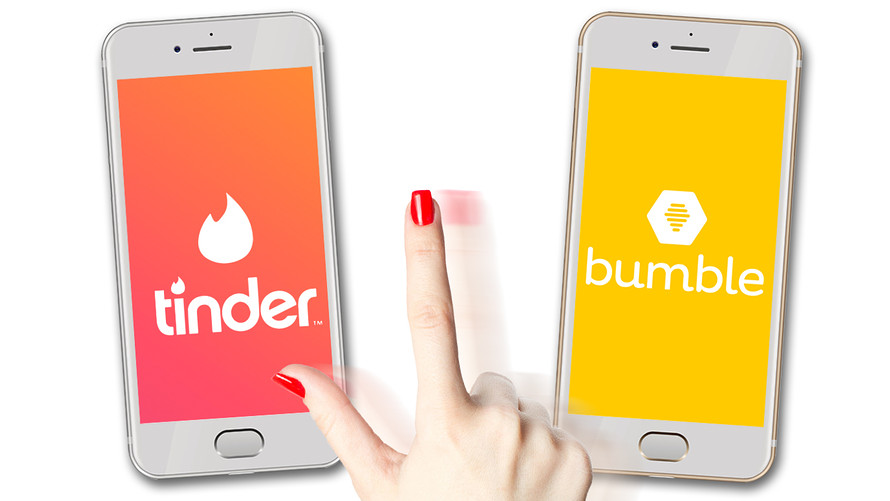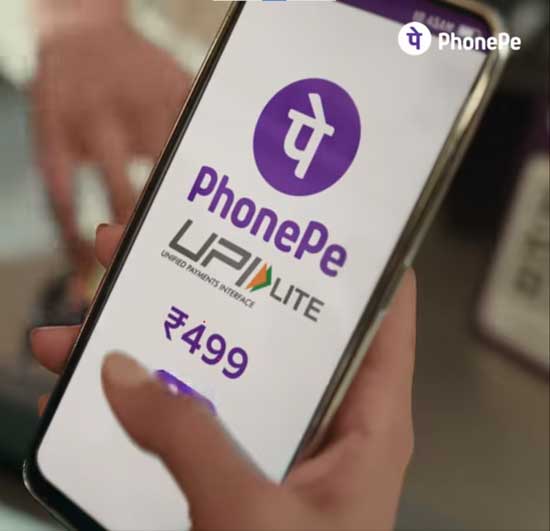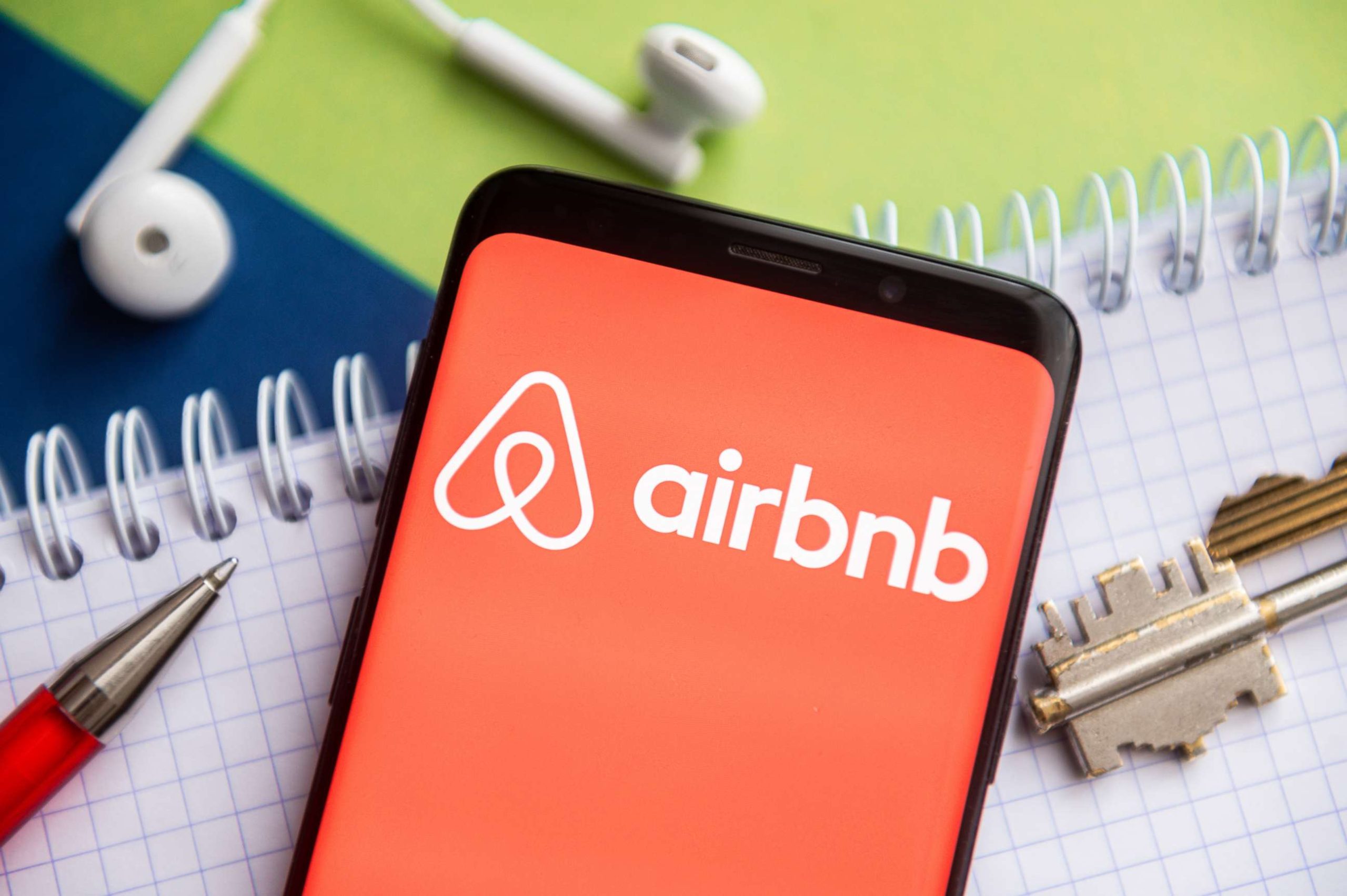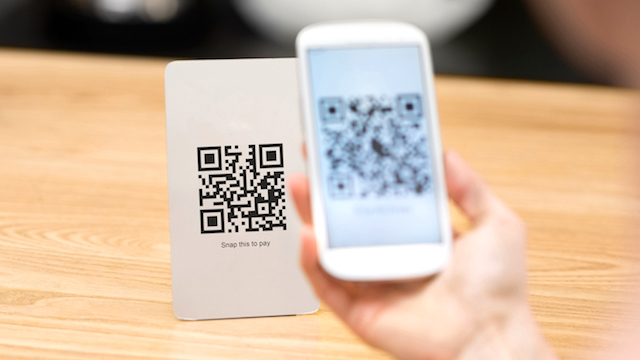Tinder vs Bumble 2023: Which Dating App Triumphs?
In the modern era, online dating has become a ubiquitous avenue for finding love or fostering new friendships. Among the plethora of dating apps, Tinder and Bumble stand as two towering giants in this ever-evolving landscape. Both platforms boast millions of users worldwide, yet they cater to slightly different demographics and offer distinct features that shape the user experience. In this comprehensive comparison of Tinder and Bumble, we delve into the core aspects that potential users might consider when choosing between these two platforms.

Online dating has experienced a significant surge in popularity over the past decade, with the advent of smartphones and the internet becoming more accessible. It’s no longer a taboo but a common and convenient way to meet new people. Amidst the vast ocean of dating apps, Tinder and Bumble have emerged as two of the most popular platforms. Each app presents a unique set of features aimed at facilitating connections between like-minded individuals. In this section, we will introduce the basic premise of Tinder and Bumble and set the stage for a detailed comparison.
User Base
The user base is often a critical factor when choosing a dating app. A larger user base typically translates to a higher chance of finding compatible matches.
Tinder’s User Base:
Tinder boasts a colossal user base that spans across the globe. With its user-friendly interface and iconic swipe feature, it attracts a diverse range of age groups, although it’s notably popular among the younger demographic.
Bumble’s User Base:
On the other hand, Bumble has made significant inroads in establishing a respectful and empowered community of users. Although slightly smaller in user base compared to Tinder, Bumble tends to attract a more mature audience, often in search of serious relationships.
Comparing the user demographics, it’s evident that while both platforms cater to a broad audience, the nature of the community and the kind of relationships people are seeking can vary significantly.
Sign-Up Process
A user-friendly sign-up process can significantly impact a user’s first impression of the app. Both Tinder and Bumble have streamlined their sign-up processes to encourage new users to join.
Tinder’s Sign-Up Process:
Signing up on Tinder is a breeze. It offers multiple registration options, including linking your Facebook, or Google account, or using your phone number. The app also emphasizes user safety by encouraging phone number verification.
Bumble’s Sign-Up Process:
Similarly, Bumble provides a hassle-free registration process with the option to sign up via Facebook, Apple ID, or your phone number. The additional step of photo verification on Bumble underlines its commitment to creating a safe and authentic community.
The ease of registration combined with safety measures reflects the user-centric design of both Tinder and Bumble, albeit with slight variations in verification processes.
Profile Setup
Creating a compelling profile is the first step towards making meaningful connections on any dating app. Both Tinder and Bumble provide a plethora of customization options to help users showcase their personality and interests.
Tinder’s Profile Setup:
On Tinder, setting up a profile is fairly straightforward. Users can upload multiple photos, write a bio, and even link their Spotify and Instagram accounts to provide a more holistic view of their personality. The app also allows users to share their job, company, and school information, providing additional context for potential matches.
Bumble’s Profile Setup:
Bumble takes profile customization a notch higher. Apart from the standard photo and bio options, Bumble offers a variety of “prompts” that users can answer to showcase their personality and values. Additionally, the app provides a feature to showcase what kind of relationship they are looking for, be it casual dating, serious relationships, or making new friends.
The emphasis on creating a detailed and authentic profile reflects the app’s commitment to fostering meaningful connections among users.
Matching Algorithms
The heart of any dating app lies in its ability to suggest potential matches that align with a user’s preferences and interests. Both Tinder and Bumble have developed robust matching algorithms to facilitate this.
Tinder’s Matching Algorithm:
Tinder utilizes a proprietary algorithm that takes into account a user’s location, swipe patterns, and other behaviors within the app. The Elo-score, though no longer in use, was once a part of Tinder’s algorithm to rate user desirability. Today, it continues to evolve to provide better match suggestions based on user feedback and behavior.
Bumble’s Matching Algorithm:
Bumble, on the other hand, also employs an algorithm that factors in the user’s location and preferences. The unique aspect of Bumble’s matching process is the 24-hour window within which women have to initiate a conversation, promoting prompt interactions between matched users.
Through adaptive and user-friendly matching algorithms, both Tinder and Bumble aim to make online dating a personalized and engaging experience.
Communication Features
Once a match is made, the next step is initiating a conversation. The communication features of Tinder and Bumble play a crucial role in shaping the user experience.
Tinder’s Communication Features:
Tinder offers a simple and intuitive messaging platform. Once two users have swiped right on each other, they can start exchanging messages. The app also offers the ability to send GIFs, which can help break the ice and make conversations more enjoyable.
Bumble’s Communication Features:
Bumble sets itself apart with its women-first approach to messaging. Once a match is made, women have 24 hours to initiate a conversation, and men have 24 hours to respond once a message is received. This feature aims to foster respectful interactions and reduce the likelihood of unwanted messages.
Both apps also offer video call features, allowing users to have face-to-face interactions, thereby making conversations more personal and engaging.
Premium Features
Both Tinder and Bumble offer premium features that enhance the user experience and increase the chances of finding a match. These features, available through various subscription plans, provide additional functionalities and benefits to users.
Tinder’s Premium Features:
Tinder offers three premium tiers: Tinder Plus, Tinder Gold, and Tinder Platinum, each with its unique set of features. Some of the notable features include unlimited likes, rewinds, and passport features to connect with people worldwide and see who liked your profile. The higher tiers also offer priority profile boosts and more control over the profile.
Bumble’s Premium Features:
Bumble provides two premium subscriptions: Bumble Boost and Bumble Premium. These subscriptions offer benefits like extending the 24-hour match window, re-matching with expired connections, and viewing users who have already swiped right on your profile.
The premium features on both apps significantly enhance the user experience and provide additional opportunities for connections.
Success Rates
The ultimate measure of a dating app’s efficacy lies in its success rate in forming meaningful connections, relationships, or even marriages.
Tinder’s Success Rates:
Tinder has been credited with a large number of success stories, with many users finding lasting relationships and even marriages. Its vast user base and global reach contribute to its high rate of success.
Bumble’s Success Rates:
Bumble’s unique women-first approach has also led to many success stories. The platform prides itself on fostering respectful and meaningful connections, which often translate into long-term relationships.
Exploring user testimonials and available statistics can provide a clearer picture of each app’s success rate in facilitating lasting connections.
Safety and Moderation
Online safety is a paramount concern in the realm of digital dating. Both Tinder and Bumble have implemented measures to ensure a safe environment for their users.
Tinder’s Safety and Moderation:
Tinder has various safety features like photo verification, a panic button, and anti-harassment moderation to create a safer dating environment. The app also has partnerships with safety apps like Noonlight to provide users with additional safety resources.
Bumble’s Safety and Moderation:
Bumble places a strong emphasis on creating a respectful and safe community. Its photo verification feature, along with its strict moderation policies, helps in maintaining a pleasant and harassment-free environment on the app.
Both platforms’ commitment to safety and moderation is commendable and plays a crucial role in providing a secure dating experience.
Conclusion
The journey of finding the right dating app can be as convoluted as finding the perfect match. Both Tinder and Bumble offer unique experiences with their distinct features, user communities, and success rates. Your choice between Tinder and Bumble would ultimately hinge on your personal preferences, the kind of interaction you seek, and the community you wish to be a part of.
Whether you are in search of casual dating, making new friends, or finding a long-term partner, both Tinder and Bumble have something to offer. As you venture into the world of online dating, remember that the most important thing is to stay true to yourself, and the right connections will follow.
Frequently Asked Questions
- What are the main differences between Tinder and Bumble?
- The primary difference lies in the messaging system; Bumble requires women to message first, while Tinder allows either party to initiate the conversation.
- Which app is better for serious relationships?
- While both apps can foster serious relationships, Bumble is often perceived as more relationship-oriented due to its women-first messaging feature.
- Can I use both Tinder and Bumble for free?
- Yes, both Tinder and Bumble offer free versions that allow you to swipe, match, and chat with other users.
- How do I get better matches on Tinder and Bumble?
- Improving your profile pictures, writing a captivating bio, and being active on the platform can help in getting better matches.
- How do I protect my privacy on dating apps?
- Limit the personal information you share, use unique photos, and consider using a virtual phone number to maintain your privacy.
- Are my conversations on Tinder and Bumble private?
- Both platforms prioritize user privacy, but it’s essential to be cautious as online interactions can be screenshotted or shared.
- How do I report a user on Tinder or Bumble?
- Both apps have reporting features within the chat or user profile, allowing you to report inappropriate behavior or profiles.
- Can I undo a left swipe on Tinder or Bumble?
- Yes, by subscribing to Tinder’s or Bumble’s premium features, you can undo a left swipe.
- How do I delete my account on Tinder and Bumble?
- You can delete your account in the app settings, though the steps may vary slightly between Tinder and Bumble.
- Do Tinder and Bumble have LGBTQ+-friendly features?
- Tinder and Bumble offer LGBTQ+-friendly features, allowing users to choose their sexual orientation and the gender of the matches they wish to see.




